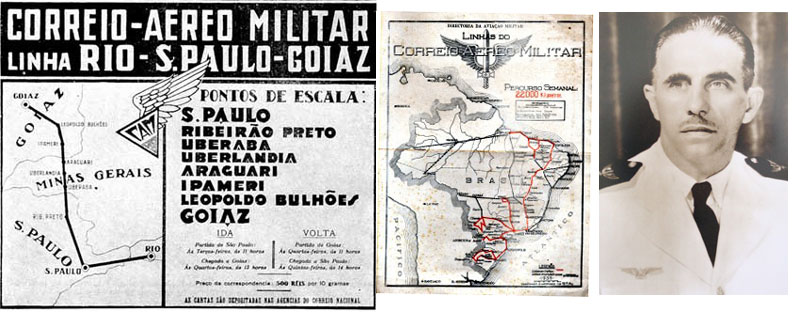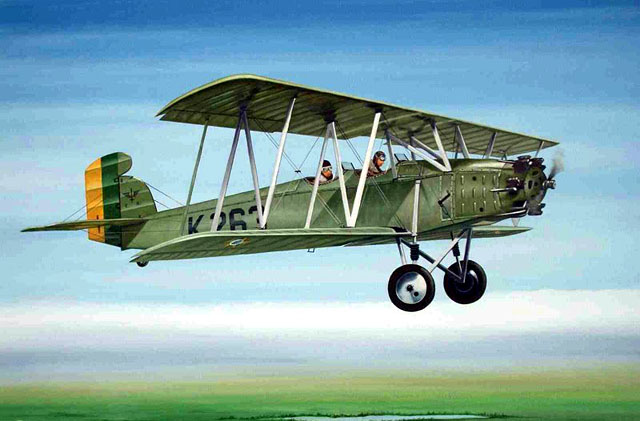| Walkaround - Curtiss Fledgling J-2 |
| What: |
Walkaround - Curtiss Fledgling J-2 |
| Where: |
Brazilian Aerospace Museum, Rio de Janeiro, RJ, Brazil. |
| When: |
October 5th, 2013. |




| Manufacturer: | Curtiss Aeroplane and Motor Company |
| Type: | Trainer |
| Crew: | Instructor and student |
| Powerplant: | One 6 cylinders 185 hp Curtiss Challenger R-600 engine (J-2 version) |
| Length: | 8.33 m |
| Wingspan: | 11.93 m |
| Height: | 3.14 m |
| Wing area: | 34.19 sq.m |
| Weight: | 970 kg (empty) / 1,300 kg (gross) |
| Max Speed: | 187 Km/h at sea level |
| Climb Rate: | 7.5 min to 1,520 m |
| Ceiling: | 5,425 m |
| Range: | 589 km |
